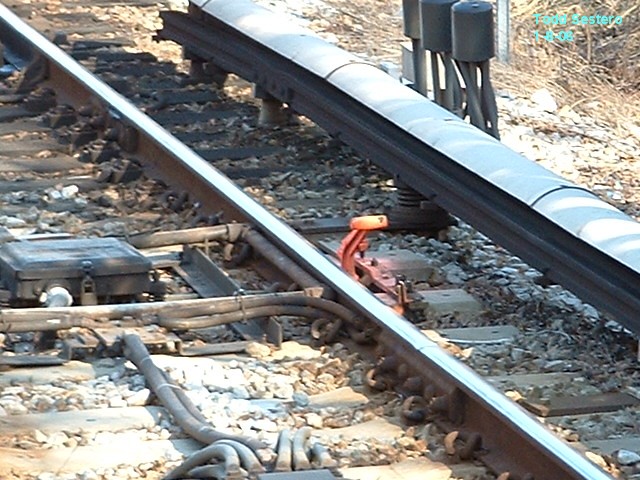So after Flushing, the Queens Blvd line is next. I would think that's an odd choice; it doesn't encompass the full length of any single line (only going so far as 50th St in Manhattan), so the services that use it (E, F, M, R) will only be CBTC for a portion of their routes.
Will the upgrade include the Archer Avenue line? That would make sense. I'd also think there are easier targets such as some of the Bronx Lines, like the 1, 2, 4, 5, and 6. For that matter, you could do the IRT express tracks in Manhattan over night and on weekends as well, with either the 1 or 6 compensating.
Next stop, Willoughby
~el Jefe ::
RAILROAD.NET Site Administrator/Co-Owner; Carman at
Naugatuck Railroad
YouTube Instagram Facebook
